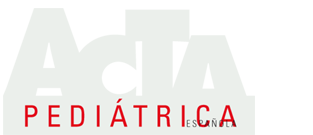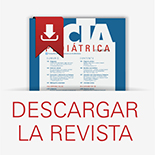Análisis de la metodología «trigger tools» en el servicio de urgencias de un hospital terciario
Applying trigger tools in a tertiary hospital emergency room
Servicio de Urgencias Pediátricas. Servicio de Medicina Preventiva y Gestión de Calidad. Hospital General Universitario «Gregorio Marañón». Madrid
Abstract
Introduction: Patient safety is essential in health system. Incidents are common in daily clinical practice; however, few studies have analyzed the incidence of adverse events (AEs) in the pediatric population. The trigger tools are simple warning signs for suspecting AEs. The aim of this study was to know the sensitivity of this tool adapted to a pediatric emergency department in a tertiary referral hospital.
Patients and methodology: 29 suitable triggers were selected. In total, we studied 140 randomized patients seen in the emergency room between 1 January and 31 July 2015.
Results: 48 triggers were seen in 38 of the 140 clinical files. AEs were detected in 9 histories (one with 2 triggers), almost 21% of medical records that include triggers. The most frequently detected and associated with a higher percentage of AEs was "readmission for the same reason in less than 72 hours after hospital discharge" followed by "inadequate drug dosage".
Conclusions: The trigger tools have not demonstrated profitability for screening of AEs in our hospital. The trigger "readmission for the same reason within 72 hours" seems to be more sensitive to detect potential AEs. Therefore, it would be reasonable to assess the records in which it appears.
Correo electrónico: paulacarrascosag@gmail.com














